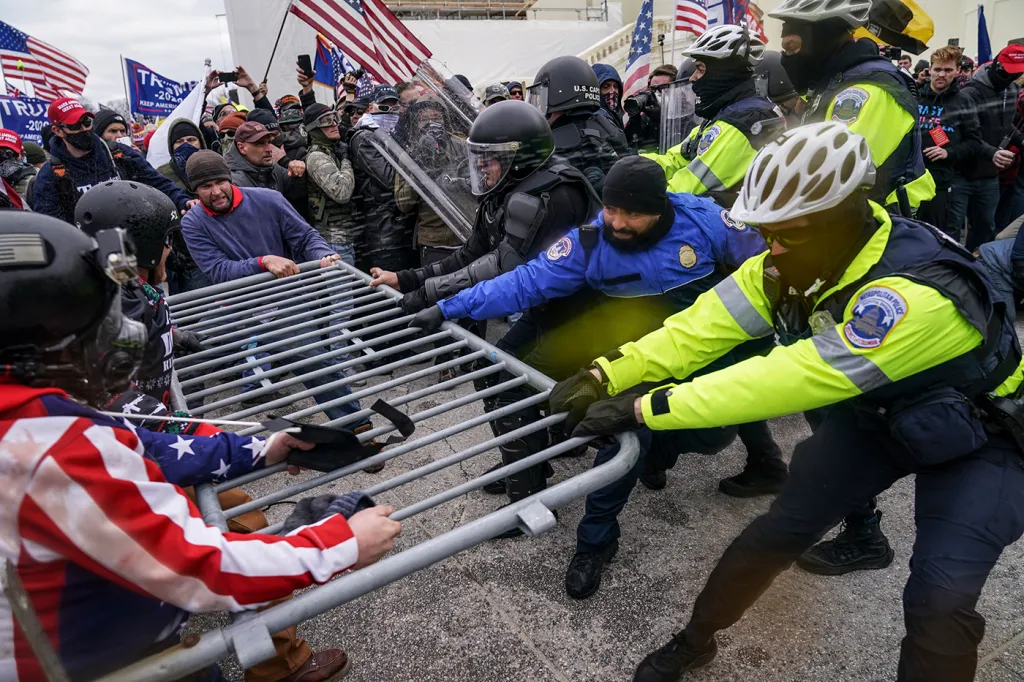In a country long considered the bastion of liberal democracy, political violence in the United States is no longer an outlier — it is a trend. The June 2025 assassination of two Minnesota state lawmakers and their spouses, by attackers posing as police officers, was not just a horrific act. It was a sign of how deeply violent extremism has crept into mainstream political life.
The details were chilling: a fake “warrant check,” carried out by radicalized assailants who later claimed they were acting “to protect the Constitution.” The irony is stark. In defending democracy, they attacked it. And they are not alone.
From Lone Wolves to a Broader Ecosystem of Hate
What’s most alarming is not just the violence itself, but the cultural environment that enables it. These attacks are no longer isolated, spontaneous eruptions — they are the byproduct of an ideological ecosystem, one fed by conspiracy theories, social media algorithms, partisan media, and political leaders who flirt with incendiary language.
According to a recent FBI briefing, threats against elected officials have more than doubled since 2020, with over 15,000 documented incidents in the past 18 months. That includes doxxing, intimidation at public events, armed demonstrations outside homes, and direct assassination attempts. In many cases, perpetrators cite mainstream political slogans or distorted versions of constitutional rights to justify their actions.
The line between dissent and violence is blurring — not only for perpetrators, but for segments of the public. Polls show an alarming rise in the number of Americans who believe political violence can be justified “under certain conditions.” That phrase, once confined to fringe groups, is now creeping into town halls, school board meetings, and even campaign rallies.
The Role of Leaders and Institutions
American political leadership is deeply divided on how to respond. Some Republicans have condemned specific incidents, but continue to use coded language about “tyrants,” “civil war,” or the “need to take our country back” — rhetoric that can fuel radicalization. Meanwhile, Democrats call for stronger security and domestic terror legislation, but face accusations of weaponizing law enforcement.
Law enforcement agencies, too, are under pressure. The Department of Homeland Security has identified violent extremism as the country’s top domestic threat, but local agencies are often under-resourced, undertrained, and politically constrained. Few states have robust programs to monitor or prevent ideological radicalization.
A Democracy Under Siege — Silently
The most insidious impact of political violence is not the bloodshed. It’s the fear it creates — the chilling effect it has on public life. Candidates withdraw from races. Election officials resign. Public meetings grow tense. And millions of Americans begin to accept the unacceptable: that public service might get you killed.
This is not just a security crisis. It is a democratic one.
What Comes Next?
There is no single fix, but a few steps are urgent: bipartisan denouncement of violent rhetoric, tougher penalties for politically motivated threats, more funding for election security, and public investment in civic education that teaches not only rights but responsibilities.
If the U.S. cannot restore a civic norm that disagrees without destroying, it risks becoming a country where ballots are increasingly backed by bullets. That isn’t democracy. That’s dysfunction armed.


3 comments
Et harum quidem rerum facilis est et expedita distinctio. Nam libero tempore, cum soluta nobis est eligendi optio cumque nihil impedit quo minus id quod maxime placeat facere.
Quis autem vel eum iure reprehenderit qui in ea voluptate velit esse quam nihil.
Neque porro quisquam est, qui dolorem ipsum quia dolor sit amet, consectetur, adipisci velit, sed quia non numquam eius modi tempora incidunt ut labore.